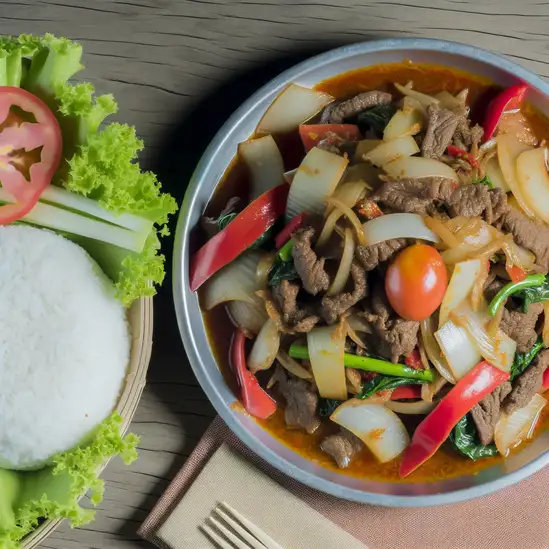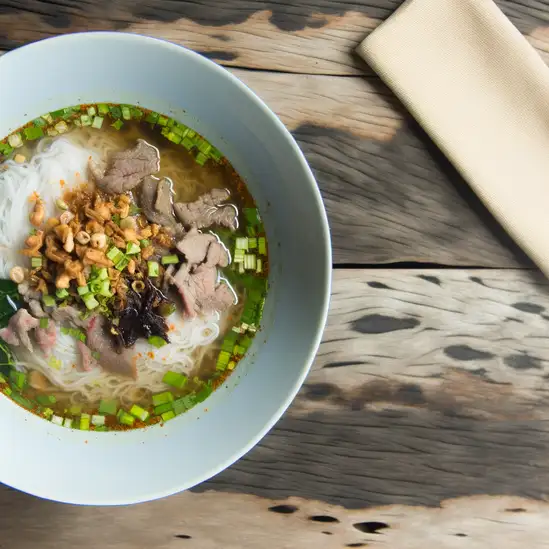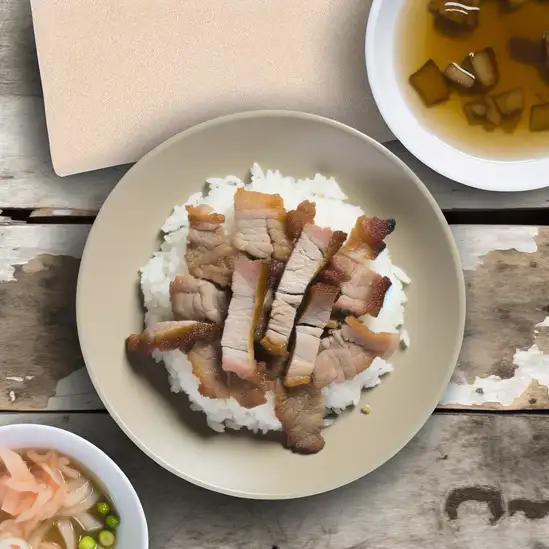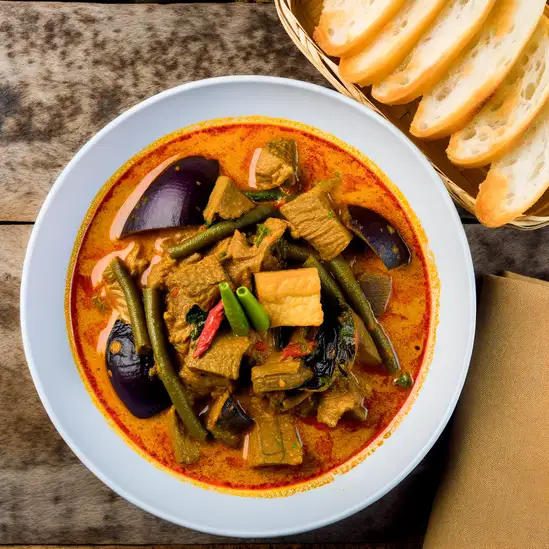


If you’re heading to Cambodia and craving a coastal escape with a laid-back yet lively spirit,Sihanoukville is where you want to land. The moment you step off the bus or boat,there’s this warm,salty breeze that wraps around you,carrying the faint scent of grilled seafood and tropical flowers. The city hums with a mix of chatter from local markets,the distant crash of waves,and the occasional call of street vendors selling fresh fruit or cooling coconut water. It’s a place where the pace slows down just enough to let you breathe in the island vibe without ever feeling bored. What’s really special about Sihanoukville is how it blends raw natural beauty with a colorful,evolving culture. You’ll find stretches of golden sand fringed by palm trees,where fishermen mend their nets and kids splash in the shallows. At night,the town lights up with a mix of cozy beach bars and lively night markets,where you can savor spicy Khmer dishes or sip on a cold Angkor beer while chatting with travelers and locals alike. The city’s character feels genuine—unpolished but welcoming,with a spirit that invites you to slow down and soak it all in. Whether you’re wandering through the bustling Phsar Leu market,hopping on a boat to nearby islands,or just lounging on the beach watching the sun dip below the horizon,Sihanoukville leaves you with a sense of calm adventure. It’s a place that feels like a warm hug from Cambodia’s coast,full of stories waiting to be discovered.
The information on this page is currently being reviewed by Tripkliq and should be used as a guide only
Eng word: Hello
Eng pronunciation: suo sdei
Local language: សួស្តី
Eng word: Goodbye
Eng pronunciation: lea howie
Local language: លាហើយ
Eng word: Thank you
Eng pronunciation: aw kohn
Local language: អរគុណ
Eng word: How much
Eng pronunciation: bon man
Local language: ប៉ុន្មាន
Eng word: Toilet
Eng pronunciation: bong kohn
Local language: បង្គន់
Eng word: Help me
Eng pronunciation: chouy khnhom
Local language: ជួយខ្ញុំ
Eng word: Yes
Eng pronunciation: baat (for males) / chaa (for females)
Local language: បាទ/ចាស
Eng word: No
Eng pronunciation: te
Local language: ទេ
Eng word: Excuse me
Eng pronunciation: som toh
Local language: សូមទោស
Sihanoukville was founded in 1964 and named after King Norodom Sihanouk. It was established as Cambodia's first deep-water port, which played a crucial role in the country's economic development.
Independence Beach is named after the Independence Hotel, which was built in 1963 to celebrate Cambodia's independence from France. The beach and hotel have since become iconic landmarks in Sihanoukville.
The Sihanoukville Autonomous Port is Cambodia's primary and busiest seaport. It was constructed in the 1950s and has been a vital hub for trade and commerce in the region.
Victory Beach is named to commemorate Cambodia's victory in gaining independence from French colonial rule. It is a popular spot for both locals and tourists, offering beautiful views and historical significance.
Wat Leu is a stunning Buddhist temple located on a hilltop, offering panoramic views of Sihanoukville. It is one of the oldest temples in the city and a significant cultural and religious site.
Established in 1993, Ream National Park is a protected area that showcases the natural beauty of Sihanoukville. It is home to diverse wildlife, mangrove forests, and pristine beaches, making it a must-visit for nature enthusiasts.
Ochheuteal Beach is one of the most popular beaches in Sihanoukville, known for its long stretch of white sand and clear waters. It has been a favorite destination for both locals and tourists since the city's early days.
The Golden Lions Roundabout is a prominent landmark in Sihanoukville, featuring two majestic lion statues. It symbolizes strength and pride and is a popular spot for photos and gatherings.
Serendipity Beach is famous for its vibrant nightlife and beachfront bars. It has been a key attraction for tourists looking to enjoy the lively atmosphere and beautiful sunsets.
In Sihanoukville, the most common Power Adaptor is Type A, Type C, Type G.







A variation of Amok, this dish features fish cooked in a creamy coconut sauce with a unique blend of Khmer spices.

Stir-fried beef marinated in a tangy sauce, served with rice, fresh vegetables, and a lime-pepper dipping sauce.

A popular noodle soup made with rice noodles, herbs, and a choice of meat, often garnished with lime and chili.

Grilled pork served over rice, often accompanied by pickled vegetables and a side of broth.

A traditional Cambodian curry made with fish, coconut milk, and a blend of spices, often served in a banana leaf.

A fragrant curry made with meat (often chicken), coconut milk, and a variety of vegetables, served with rice or bread.

A traditional Cambodian breakfast dish consisting of rice noodles topped with a green fish gravy and fresh herbs.

A rich and flavorful dip made from fermented fish (prahok), coconut milk, and minced pork, typically served with fresh vegetables.
Phnom Penh feels like a city caught between moments—where the past and present hum together in a lively,unexpected rhythm. Walking along the riverfront at sunset,you’ll catch the warm glow of golden light bouncing off the Tonle Sap and Mekong rivers,while the chatter of locals and the distant honk of tuk-tuks create a soundtrack that’s both chaotic and comforting. The air carries a mix of aromas:sizzling street food,fresh herbs,and the faint scent of incense from nearby temples. It’s a place where history isn’t just in museums but etched into the streets and faces of the people.
The city’s character is raw and real,with grand colonial buildings standing shoulder to shoulder with bustling markets and sleek new cafes. You can lose yourself in the maze of Russian Market stalls,where vendors call out in a friendly,rapid-fire Khmer,offering everything from handwoven scarves to spicy grilled meats. At night,the city pulses with energy—bars and eateries spill onto sidewalks,and the smell of lemongrass and chili fills the air as you try dishes like fish amok or fresh spring rolls.
What makes Phnom Penh truly unforgettable is its resilience and warmth. Despite its turbulent history,the city welcomes you with open arms and a genuine smile. It’s a place where every corner tells a story,and every meal,every conversation,feels like an invitation to understand a culture that’s vibrant,complex,and deeply human.
Siem Reap feels like stepping into a living storybook where ancient history and vibrant local life dance together effortlessly. The moment you arrive,there’s this warm,inviting energy—friendly smiles from tuk-tuk drivers,the hum of motorbikes weaving through bustling markets,and the scent of lemongrass and grilled street food mingling in the air. It’s a place where the past isn’t just preserved behind glass but pulses through every corner,especially when you wander the awe-inspiring temples of Angkor at sunrise,watching the soft golden light spill over intricate stone carvings and jungle vines.
Beyond the temples,the town itself is a lively mosaic of colorful markets,cozy cafés,and lively night bazaars. You’ll hear the chatter of locals bargaining over fresh produce,the clinking of glasses in open-air bars,and the occasional traditional Khmer music drifting from a nearby restaurant. The food scene is a delicious adventure—imagine biting into a crispy,fragrant fish amok or savoring sweet mango sticky rice while sitting under a canopy of twinkling lights.
What really makes Siem Reap special is its balance of old and new,calm and excitement. You can spend your mornings exploring centuries-old ruins and your afternoons relaxing with a foot massage or cycling through rice paddies. It’s a place that invites you to slow down,soak in the stories,and feel connected—not just to Cambodia’s rich heritage but to the warm-hearted people who call it home.
Bangkok is one of those cities that grabs you the moment you step out into its bustling streets. There’s this electric energy in the air—a mix of honking tuk-tuks,sizzling street food stalls,and the chatter of locals weaving through markets. The city feels alive,like it’s constantly moving and breathing,yet somehow it balances this chaos with moments of serene beauty,like the golden spires of temples catching the afternoon sun or quiet canals reflecting the sky.
Walking through Bangkok,you’ll be hit by a whirlwind of scents:fragrant jasmine from flower vendors,the sharp tang of lemongrass and chili from street carts,and the sweet aroma of mango sticky rice tempting you at every corner. The colors are just as vivid—neon signs flicker alongside traditional wooden shophouses,and monks in saffron robes glide past modern skyscrapers. It’s a city where old and new dance together effortlessly.
What really makes Bangkok special is its warmth and openness. The people here have a genuine kindness that shines through,whether you’re bargaining at Chatuchak Market or sharing a laugh over a bowl of spicy boat noodles. The culture is rich and layered,from the intricate rituals at Wat Pho to the lively festivals that light up the streets. Visiting Bangkok feels like stepping into a story that’s still unfolding,full of surprises and moments that stay with you long after you leave.
Ho Chi Minh City pulses with an energy that’s impossible to ignore—like the city itself is alive,breathing through its bustling streets and vibrant markets. The moment you step out,you’re greeted by a symphony of honking scooters weaving through the maze of narrow alleys,the sizzling sound of street food grilling on every corner,and the rich aroma of fresh herbs mingling with strong Vietnamese coffee. It’s chaotic but in the best way,a place where tradition and modernity collide in colorful,unexpected ways.
Walking through District 1,you’ll catch glimpses of French colonial architecture standing proudly beside sleek skyscrapers,while locals sip iced cà phê sữa đá at tiny plastic stools,chatting animatedly. The city’s character is raw and real—no polished tourist traps here,just genuine moments and warm smiles. At night,the streets transform as neon signs flicker on,and the scent of grilled seafood and sweet bánh mì fills the air,inviting you to taste the city’s soul.
What makes Ho Chi Minh City truly unforgettable is its resilience and spirit. It’s a place where history whispers from the War Remnants Museum and the Cu Chi Tunnels,yet life moves forward with a youthful,entrepreneurial buzz. Whether you’re savoring a bowl of pho at dawn or exploring vibrant art galleries and rooftop bars,the city wraps you in its embrace,making you feel like you’re part of its ongoing story.
If you’re dreaming of a place where the pace slows just enough to let you breathe in the salty sea air and feel the warm sun kiss your skin,Koh Samui is that kind of magic. The island hums with a laid-back energy that’s both soothing and invigorating—like a gentle invitation to explore without rushing. Palm trees sway lazily against a backdrop of turquoise waters,and the soft crash of waves creates a soundtrack that instantly melts away any stress. Walking along the beaches,you’ll catch the scent of frangipani mingling with the faint aroma of grilled seafood from nearby beachside shacks.
What really makes Koh Samui special is its blend of vibrant local culture and natural beauty. The island’s temples,like the striking Big Buddha,offer moments of quiet reflection amid the tropical buzz. At night,the markets come alive with colorful stalls selling everything from fresh mango sticky rice to spicy papaya salad,each bite bursting with bold,fresh flavors that tell stories of the land and sea. Friendly locals greet you with warm smiles,eager to share their traditions and stories.
Beyond the beaches,there’s a wild side to Koh Samui—lush jungles with hidden waterfalls,secret viewpoints that reward you with breathtaking panoramas,and cozy cafes tucked away where you can sip rich Thai coffee while watching the world go by. It’s a place that feels both familiar and wonderfully new,where every moment invites you to slow down,savor,and soak in the island’s unique rhythm.
Imagine stepping into a place where the ocean breeze carries the scent of salt and sizzling street food,and the rhythm of life feels both relaxed and vibrant—that’s Da Nang. This city pulses with an easygoing energy,where modern skyscrapers stand alongside ancient temples,and the laughter of locals blends with the gentle crash of waves. Walking along the Han River at dusk,you’ll catch the golden glow of the Dragon Bridge lighting up the night,its fiery breath a spectacle that feels almost magical.
Da Nang’s streets are alive with the aroma of fresh seafood grilling on open flames,mingling with the sweet fragrance of tropical fruits from bustling markets. The city’s character shines through its people—warm,welcoming,and proud of their rich heritage. You can hear the chatter of vendors,the clinking of glasses in cozy cafes,and the distant hum of motorbikes weaving through traffic,all creating a soundtrack that’s uniquely Da Nang.
What really sets this city apart is its blend of natural beauty and cultural depth. Just a short ride away,you can explore the Marble Mountains,where limestone caves and pagodas invite quiet reflection,or relax on My Khe Beach,feeling the soft sand between your toes. And when night falls,the city transforms with lively night markets and riverside bars,where you can savor local dishes like mi quang or fresh spring rolls,each bite bursting with flavor and history. Da Nang isn’t just a place to visit—it’s a place to feel alive.
Some bars may inflate drink prices for tourists or add hidden charges to the bill. In rare cases, drinks may be spiked to facilitate theft.
Vendors on the beach may charge inflated prices for food, drinks, or souvenirs, especially if tourists do not confirm prices beforehand.
Some money changers may use rigged calculators or give incorrect change to cheat tourists during currency exchanges.
Tourists may be offered drugs by street dealers, and shortly after, police (sometimes in on the scam) may demand bribes to avoid arrest.
Scammers may solicit donations for fake charities or orphanages, exploiting tourists' goodwill.
Scammers sell fake ferry tickets to nearby islands like Koh Rong. Tourists may end up stranded or forced to buy another ticket.
Tourists renting jet skis may be falsely accused of causing damage and forced to pay exorbitant repair fees.
Tourists renting motorbikes may be accused of pre-existing damage or theft, with the rental company demanding large sums of money.
Thieves on motorbikes or in crowded areas target tourists' bags, wallets, and phones, especially at night or in busy markets.
Tuk-tuk drivers may overcharge tourists, especially if they are unfamiliar with local rates. Some drivers may also take longer routes to increase the fare.
Cambodia has very strict laws regarding drugs. Possession, use, or trafficking of illegal drugs can result in severe penalties, including long prison sentences and heavy fines. Tourists should avoid any involvement with illegal drugs to avoid serious legal consequences.
In Sihanoukville, Cambodia, smoking is generally allowed in public places, but there are restrictions in certain areas such as hospitals, schools, and government buildings. Many restaurants and bars may have designated smoking areas. It is advisable to look for 'No Smoking' signs and respect local regulations.
Vaping is not explicitly regulated in Cambodia, including Sihanoukville. However, it is generally treated similarly to smoking. Tourists should be cautious and avoid vaping in non-smoking areas or where it might be considered inappropriate.
What are other people saying about Sihanoukville?
Recent Social posts about Sihanoukville
There is nothing to show you for now.